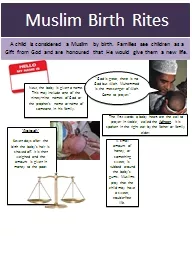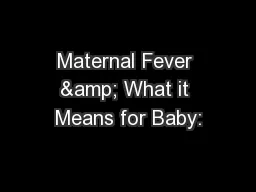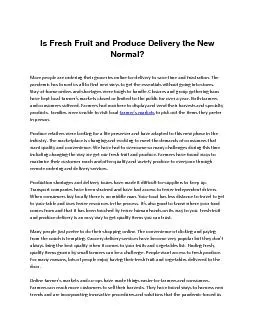PPT-New Technologies to Produce Baby
Author : jaena | Published Date : 2022-02-12
Assissted Reproductive Technology ART Artificial insemination AI Male infertility factors Inject the sperm directly in the female reproductive tract why Artificial
Presentation Embed Code
Download Presentation
Download Presentation The PPT/PDF document "New Technologies to Produce Baby" is the property of its rightful owner. Permission is granted to download and print the materials on this website for personal, non-commercial use only, and to display it on your personal computer provided you do not modify the materials and that you retain all copyright notices contained in the materials. By downloading content from our website, you accept the terms of this agreement.
New Technologies to Produce Baby: Transcript
Download Rules Of Document
"New Technologies to Produce Baby"The content belongs to its owner. You may download and print it for personal use, without modification, and keep all copyright notices. By downloading, you agree to these terms.
Related Documents














